Surabaya
Historical Places
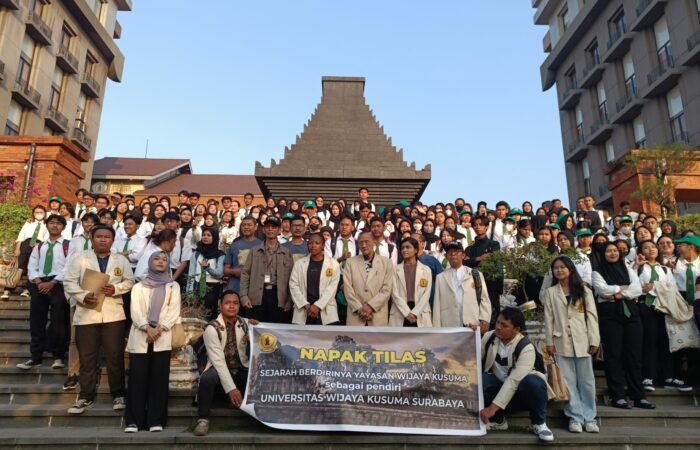
Replica of Candi Boko
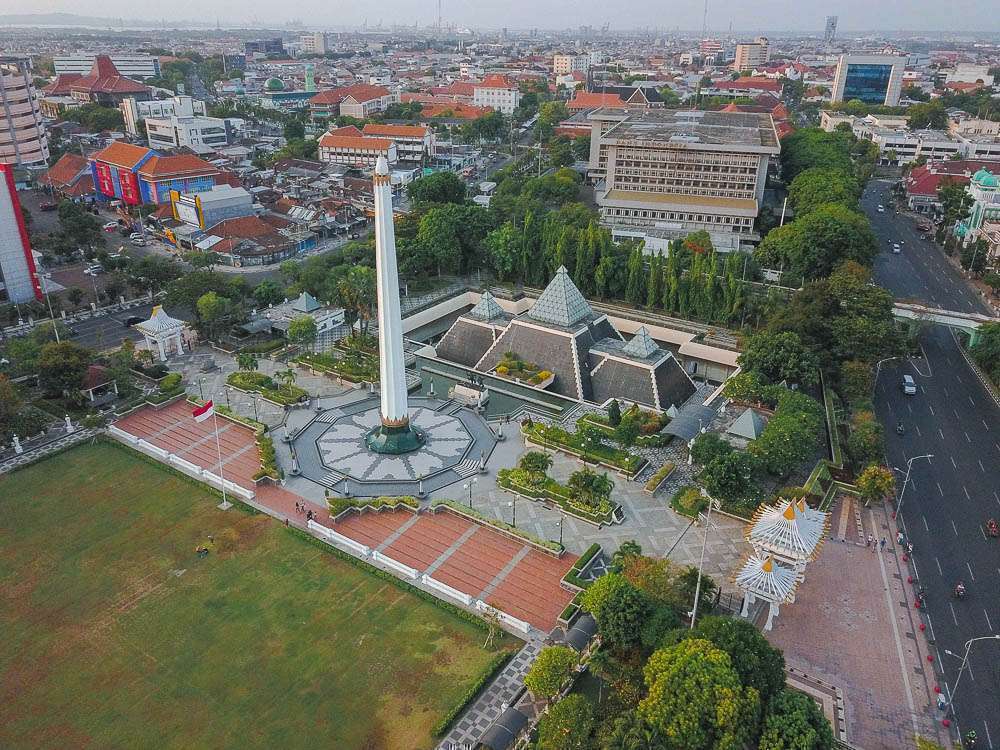
Monumen Tugu Pahlawan
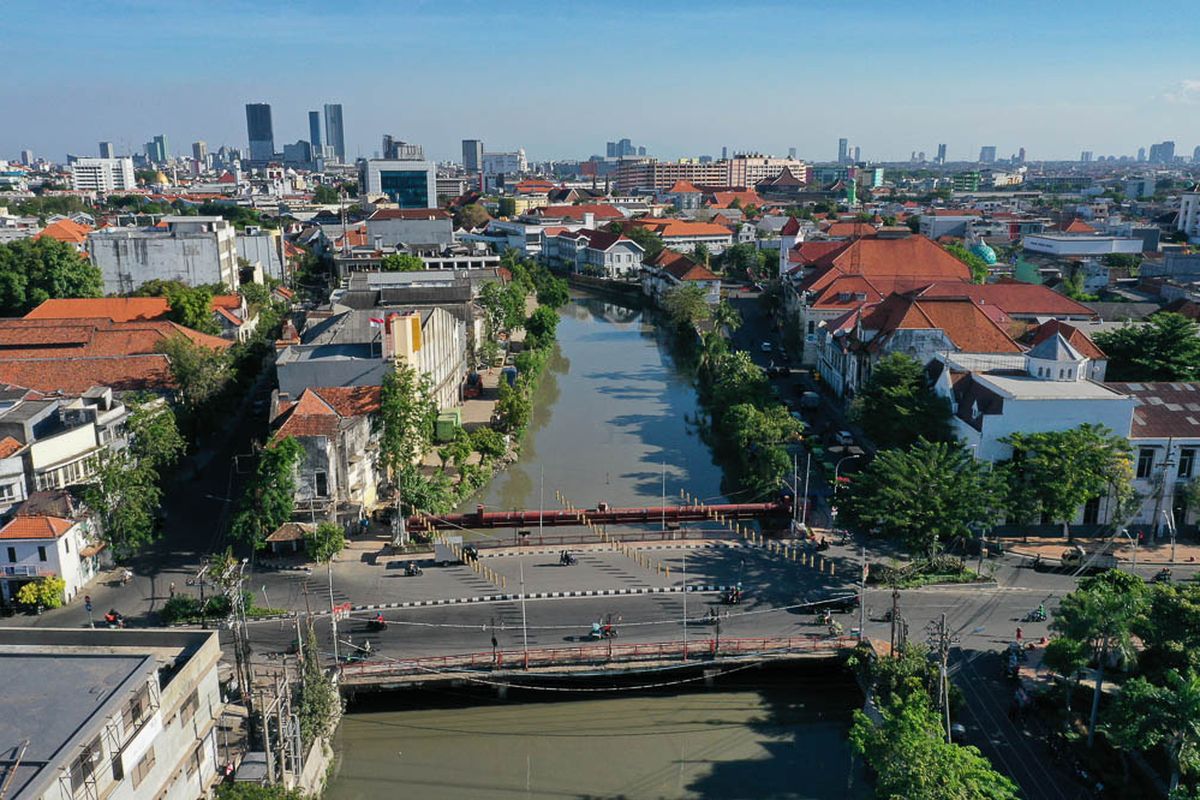
Jembatan Merah Surabaya
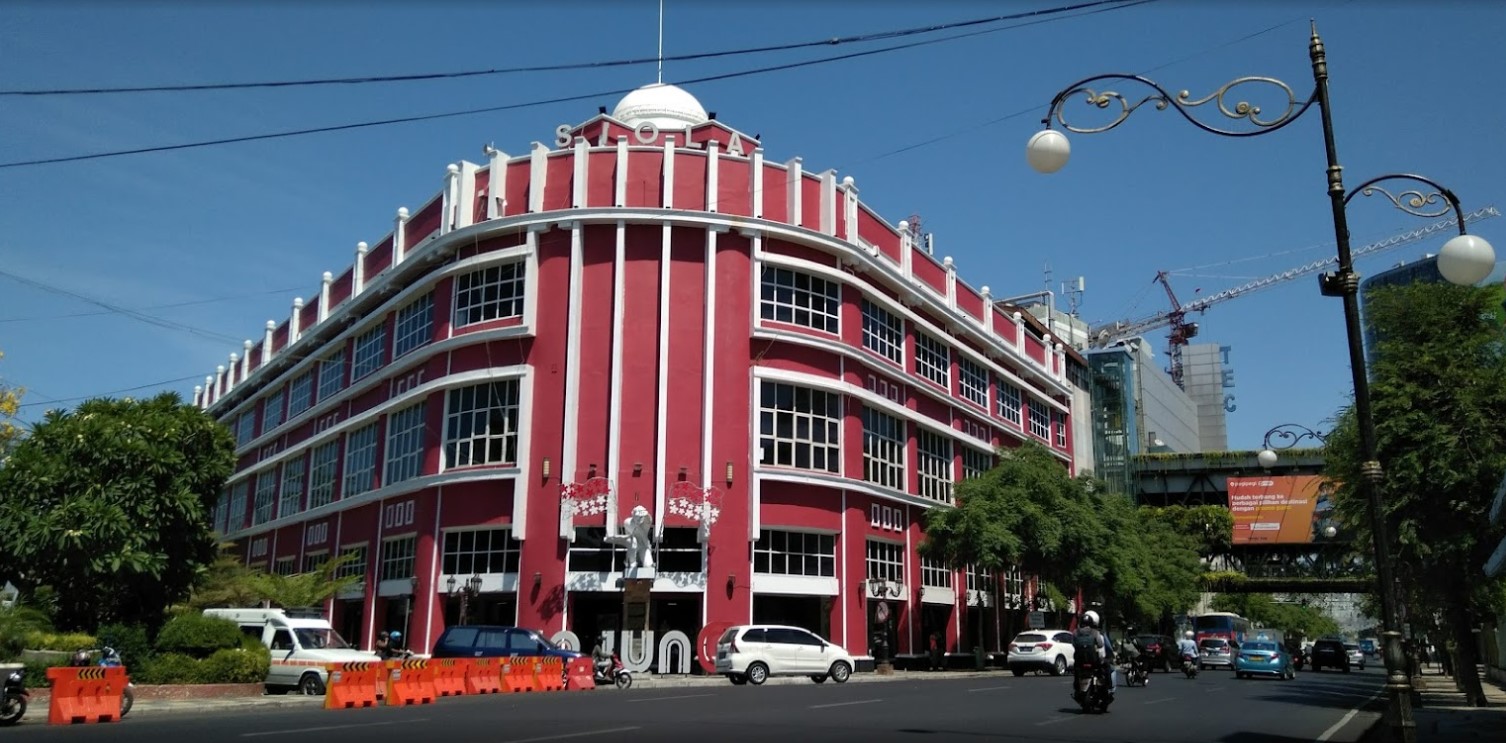
Gedung Siola
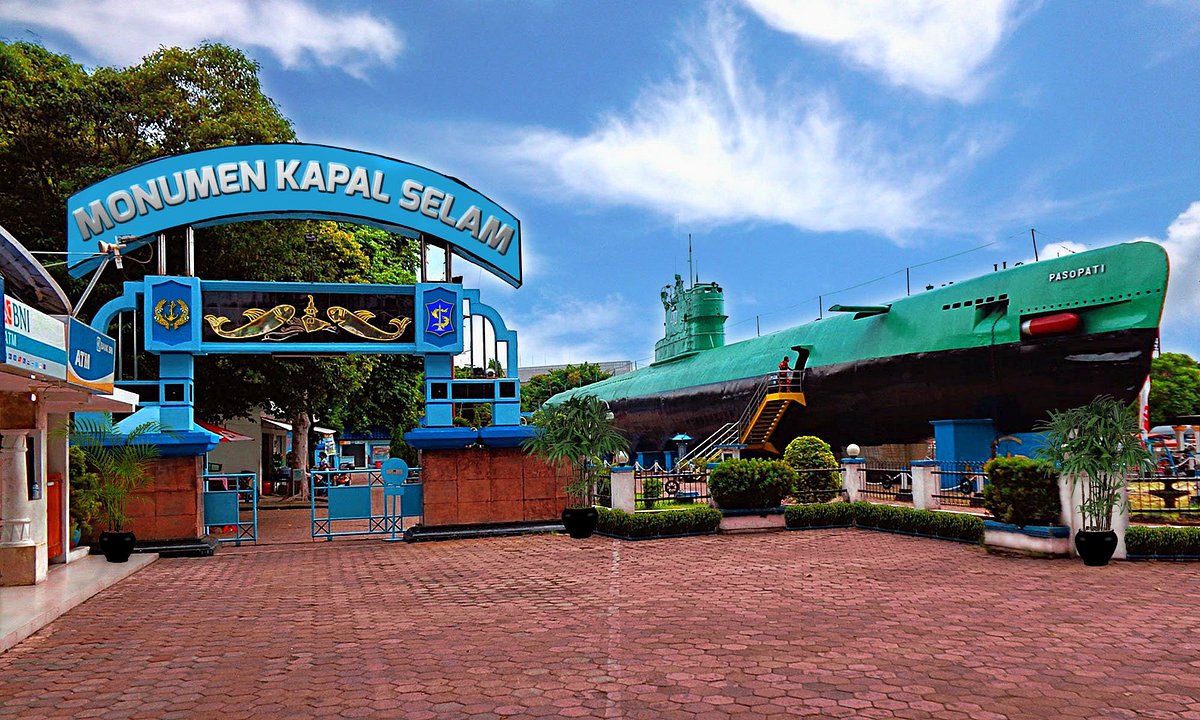
Submarine Monument (Monumen Kapal Selam)
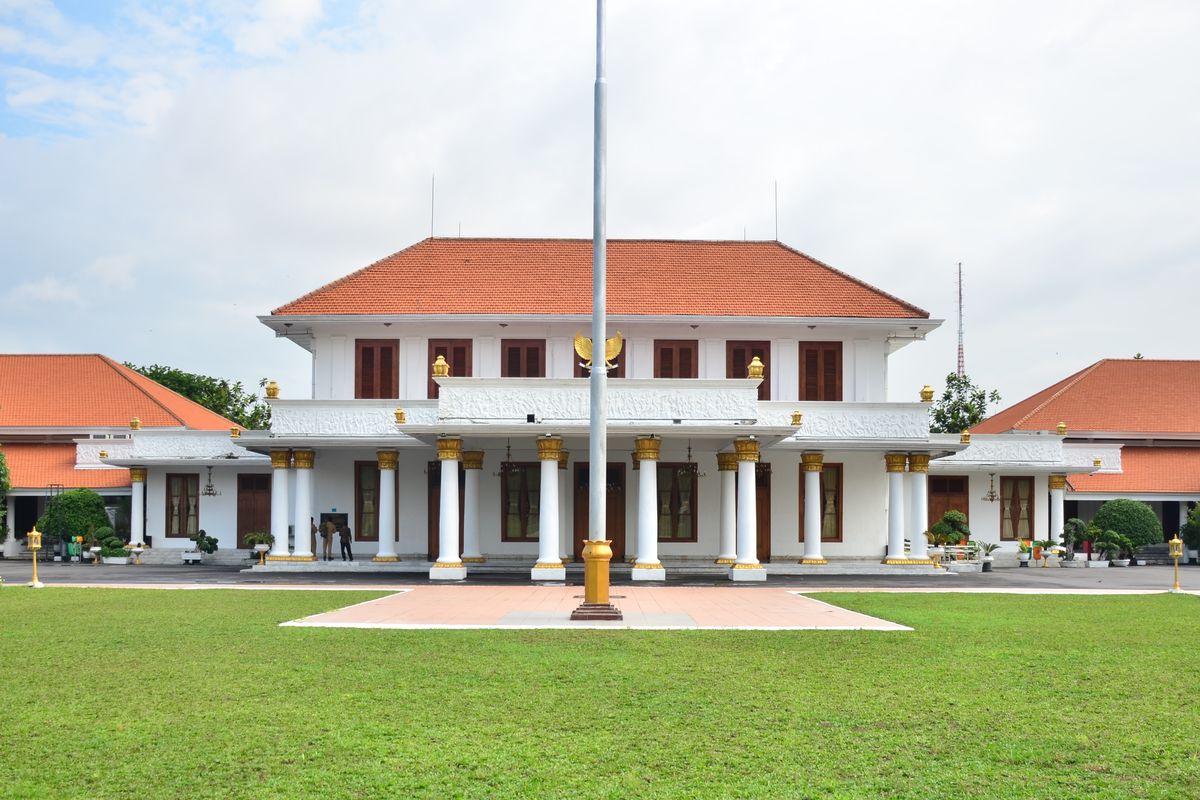
Gedung Negara Grahadi
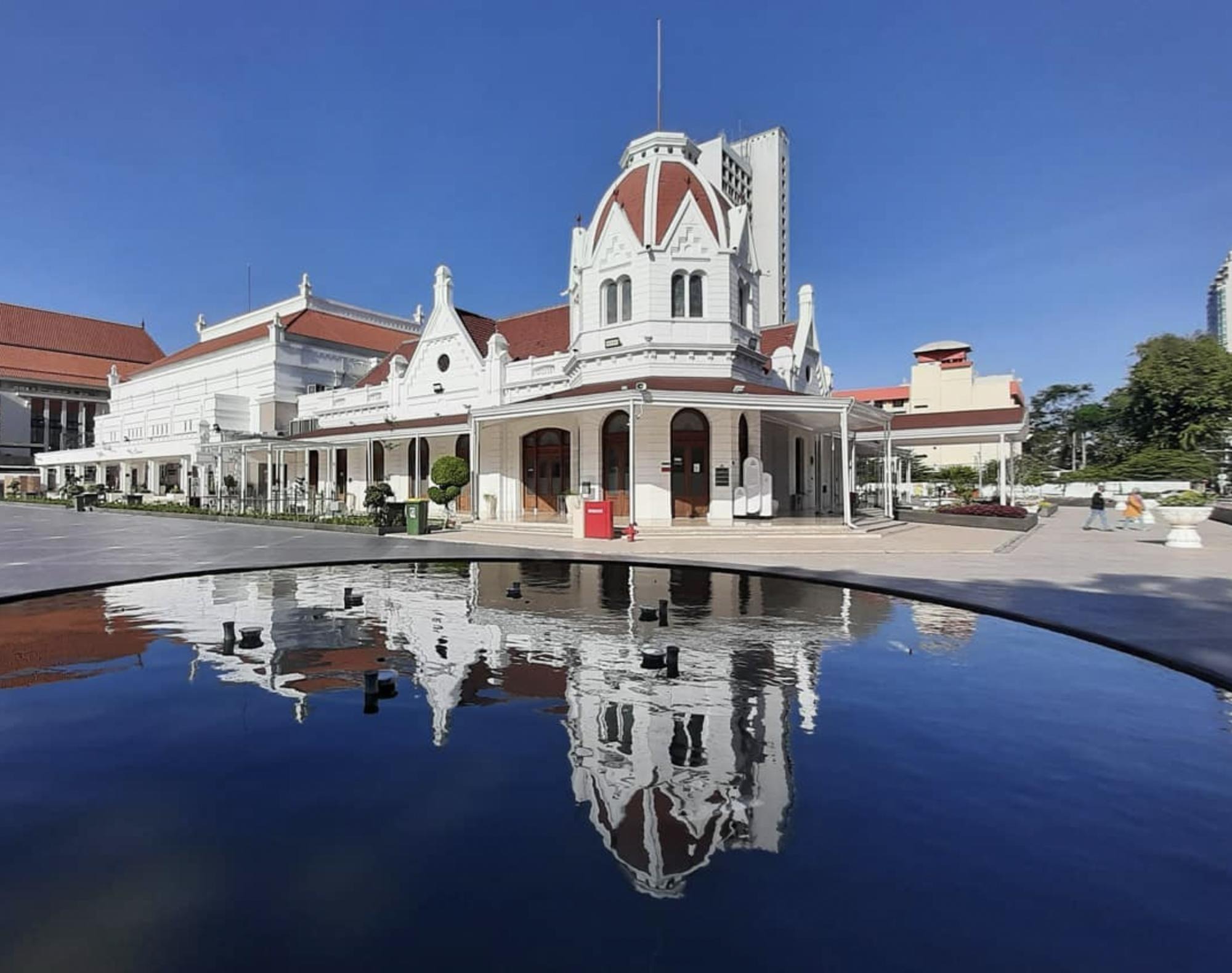
Balai Pemuda
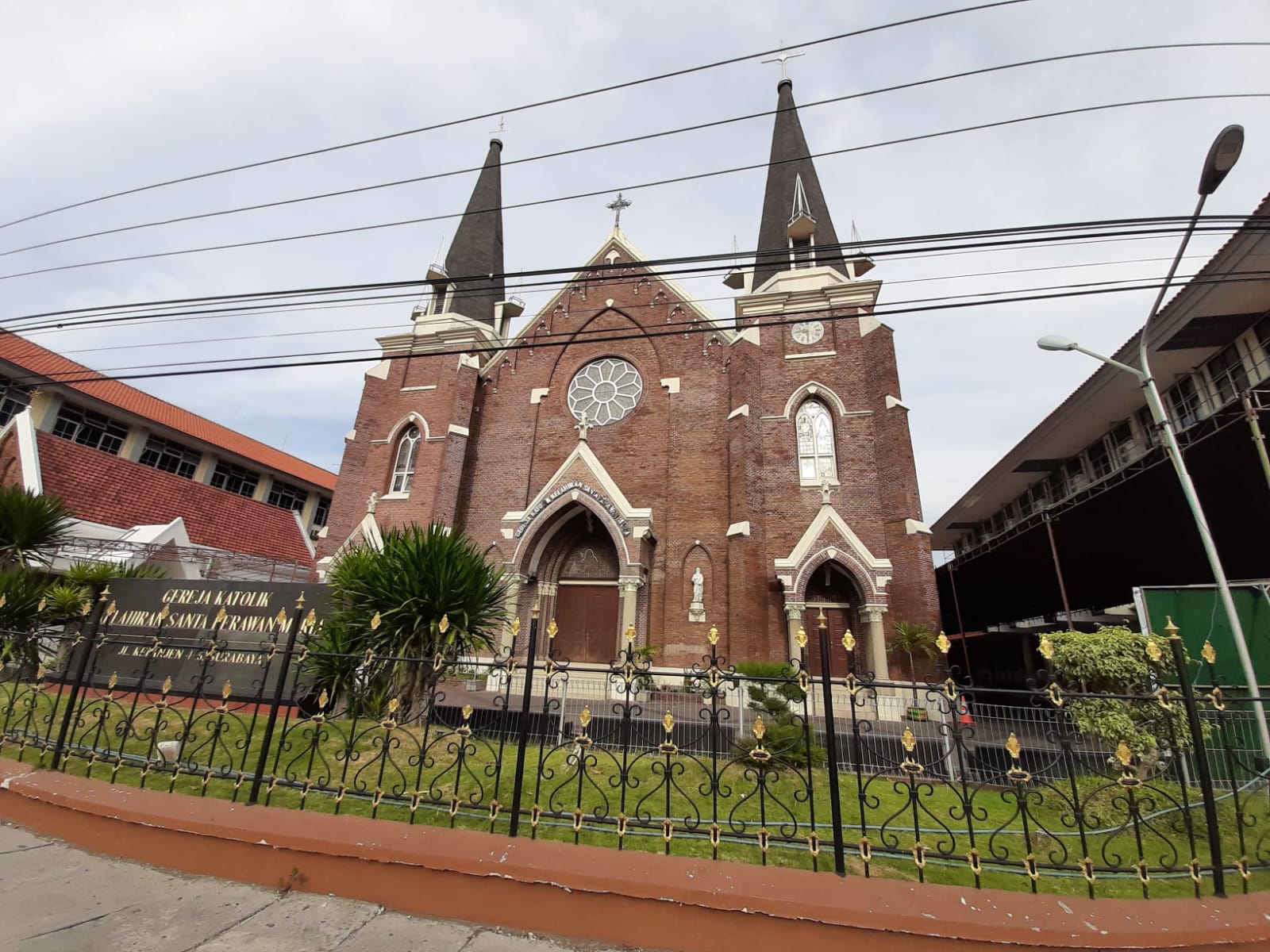
Gereja Katolik Kelahiran Santa Perawan Maria (Gereja Kepanjen)
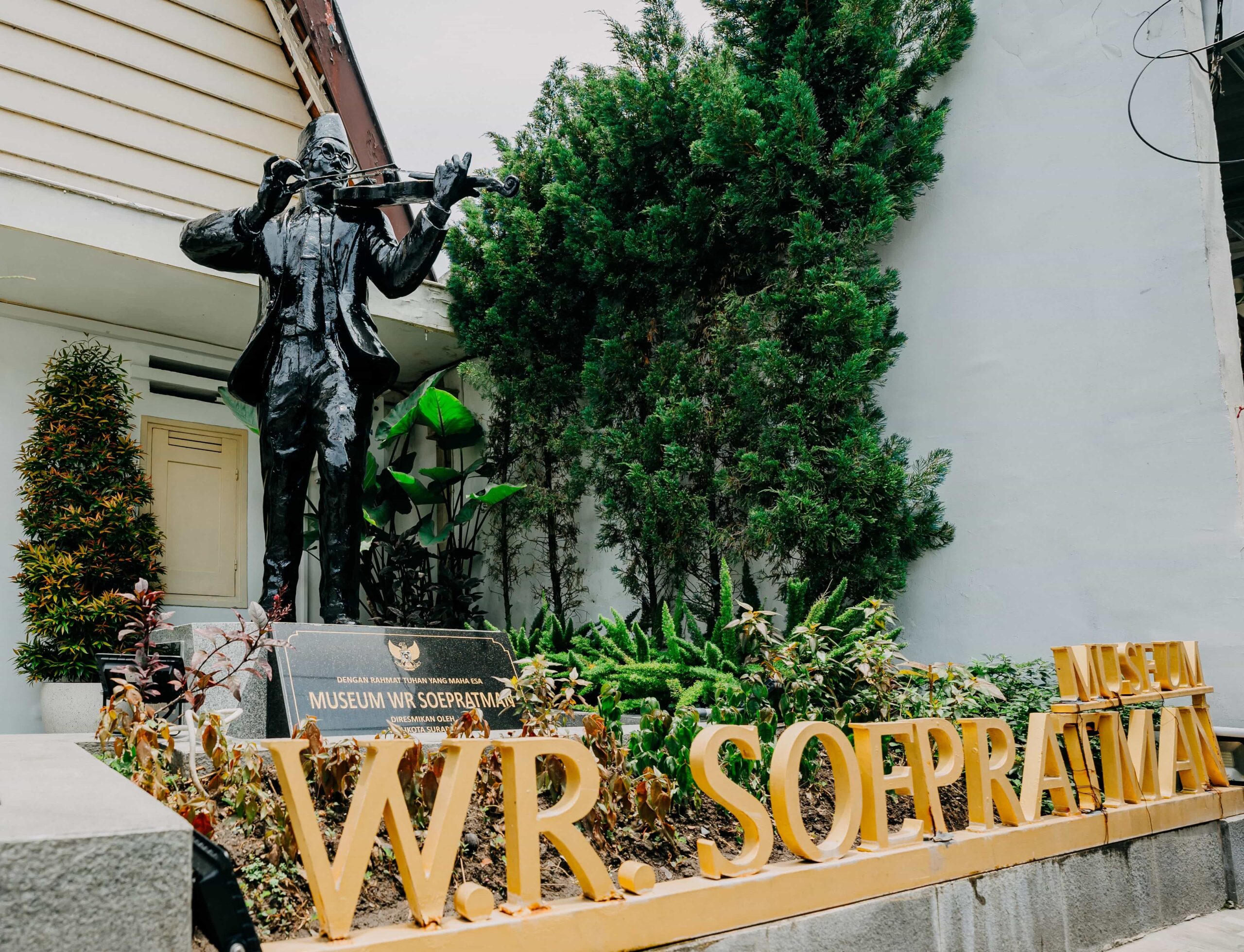
WR Soepratman Museum
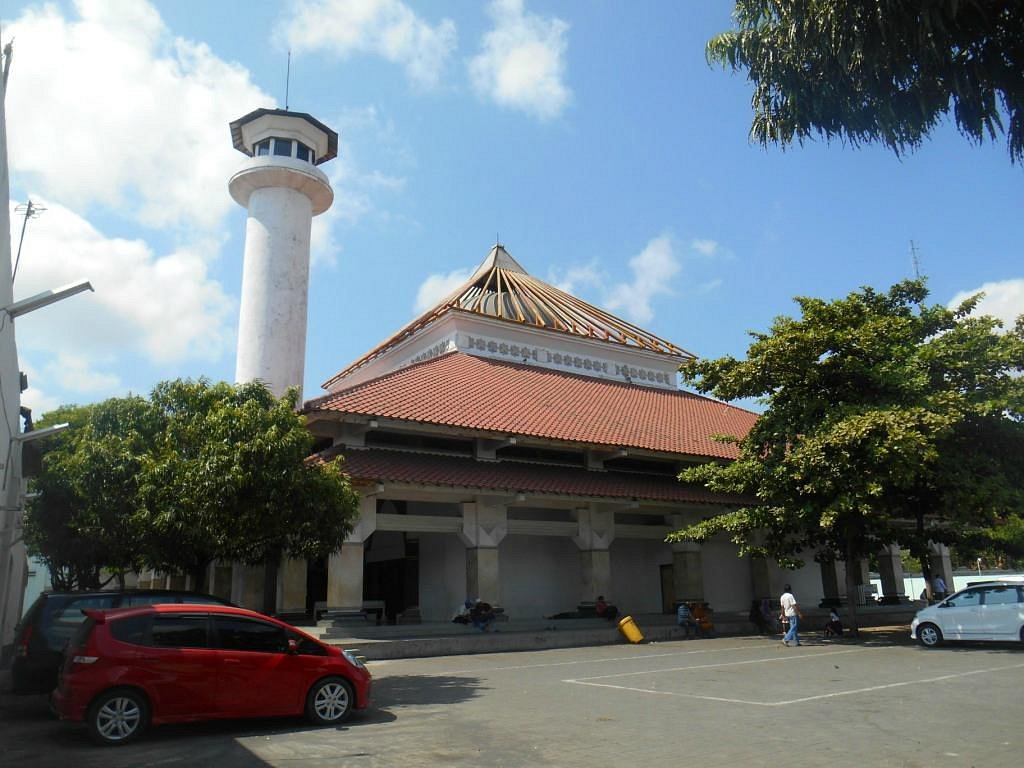
Ampel Mosque (Masjid Ampel)
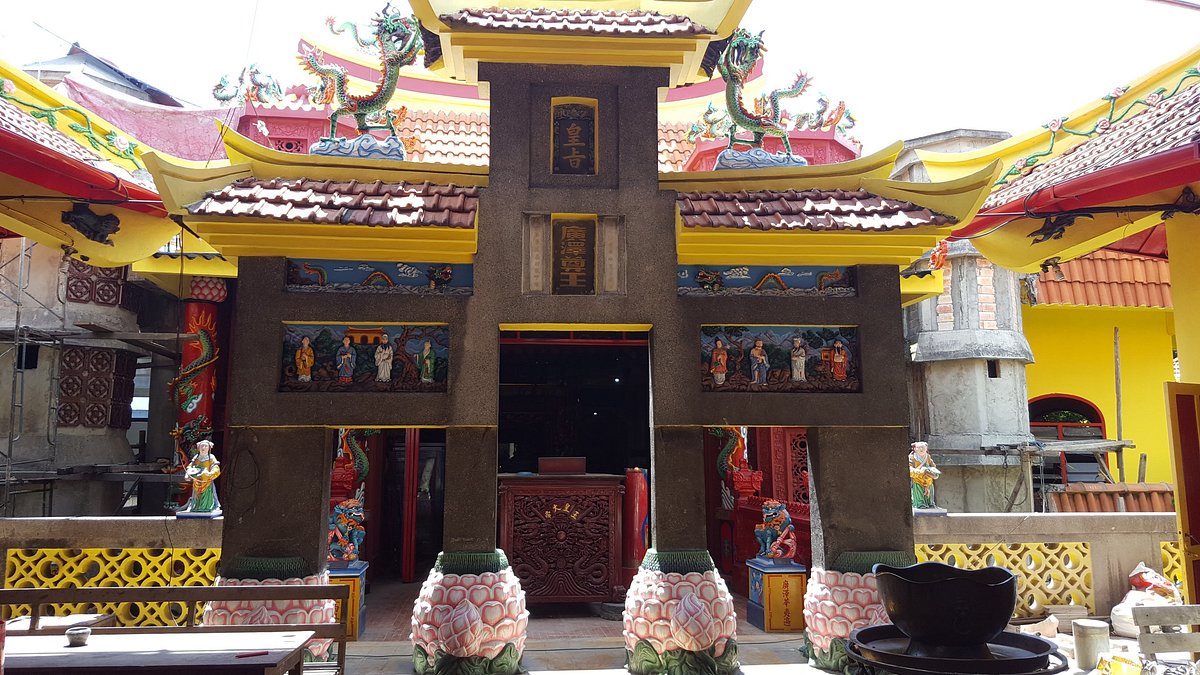
Klenteng Hong Tiek Hian

Jalan Tunjungan
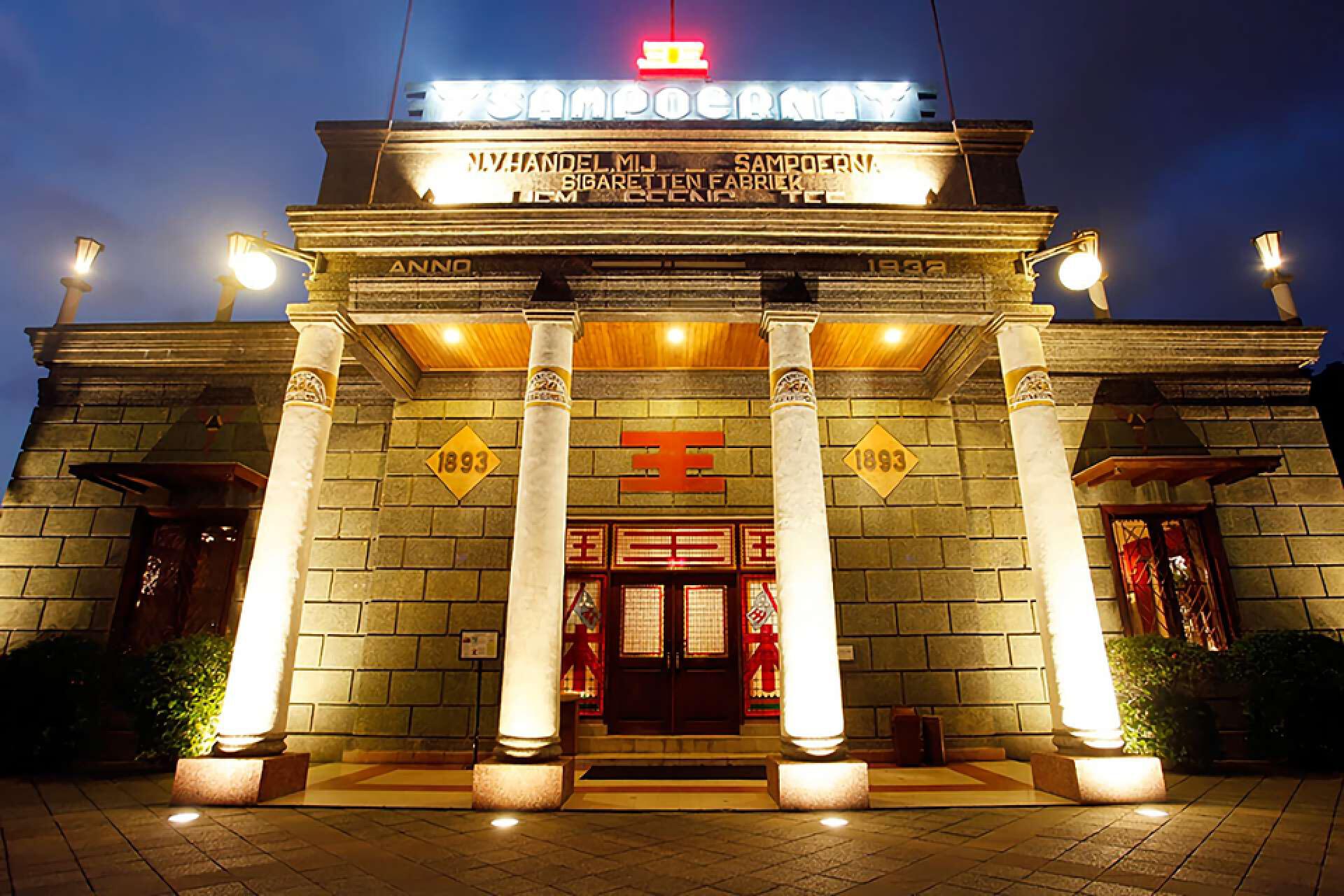
House of Sampoerna Museum
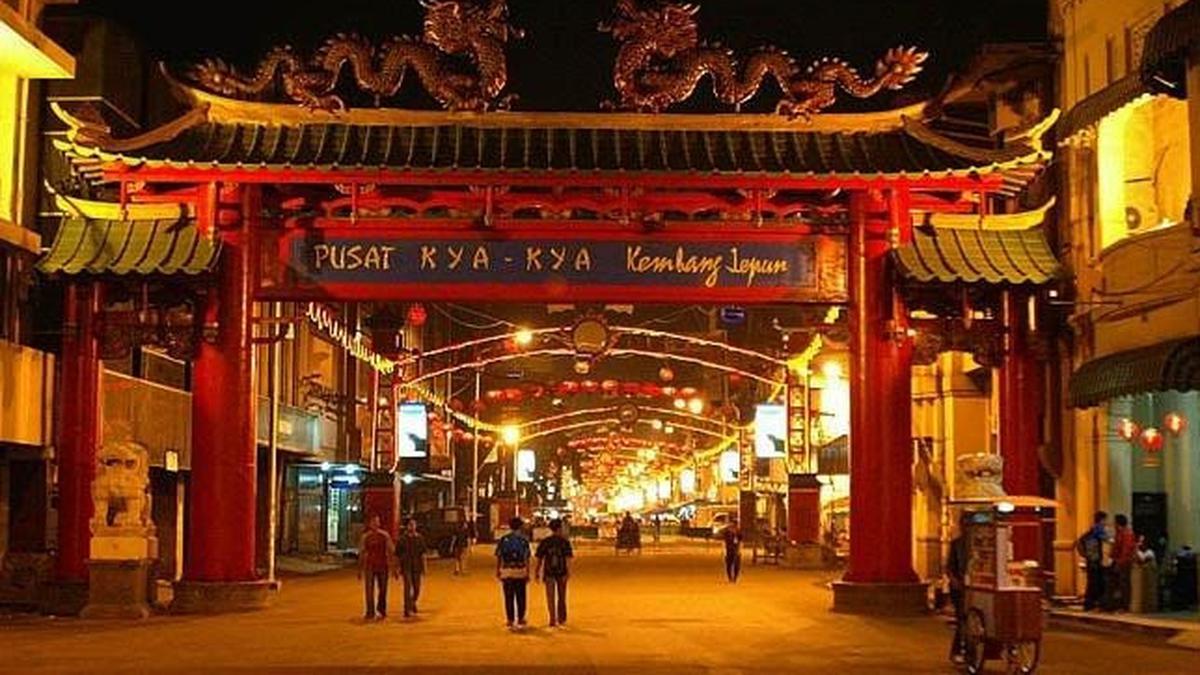
Pecinan Kya-Kya Chinatown
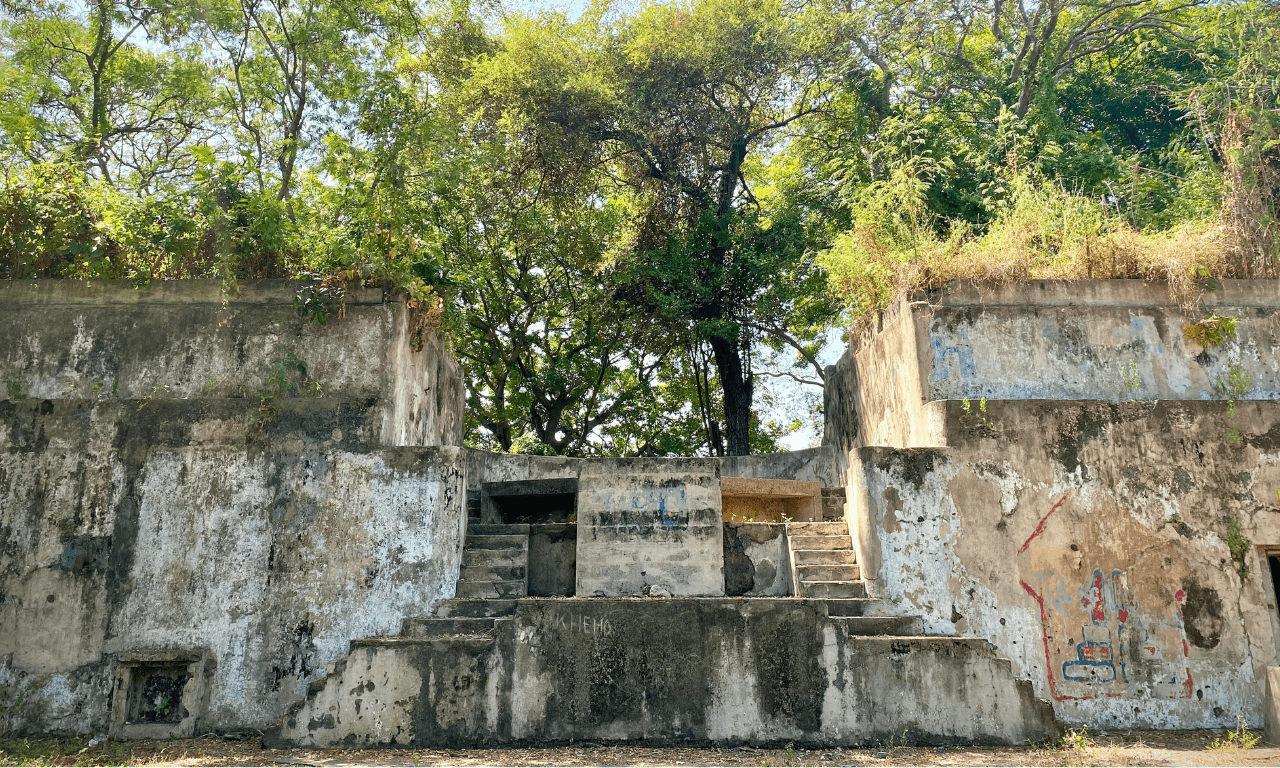
Benteng Kedung Cowek
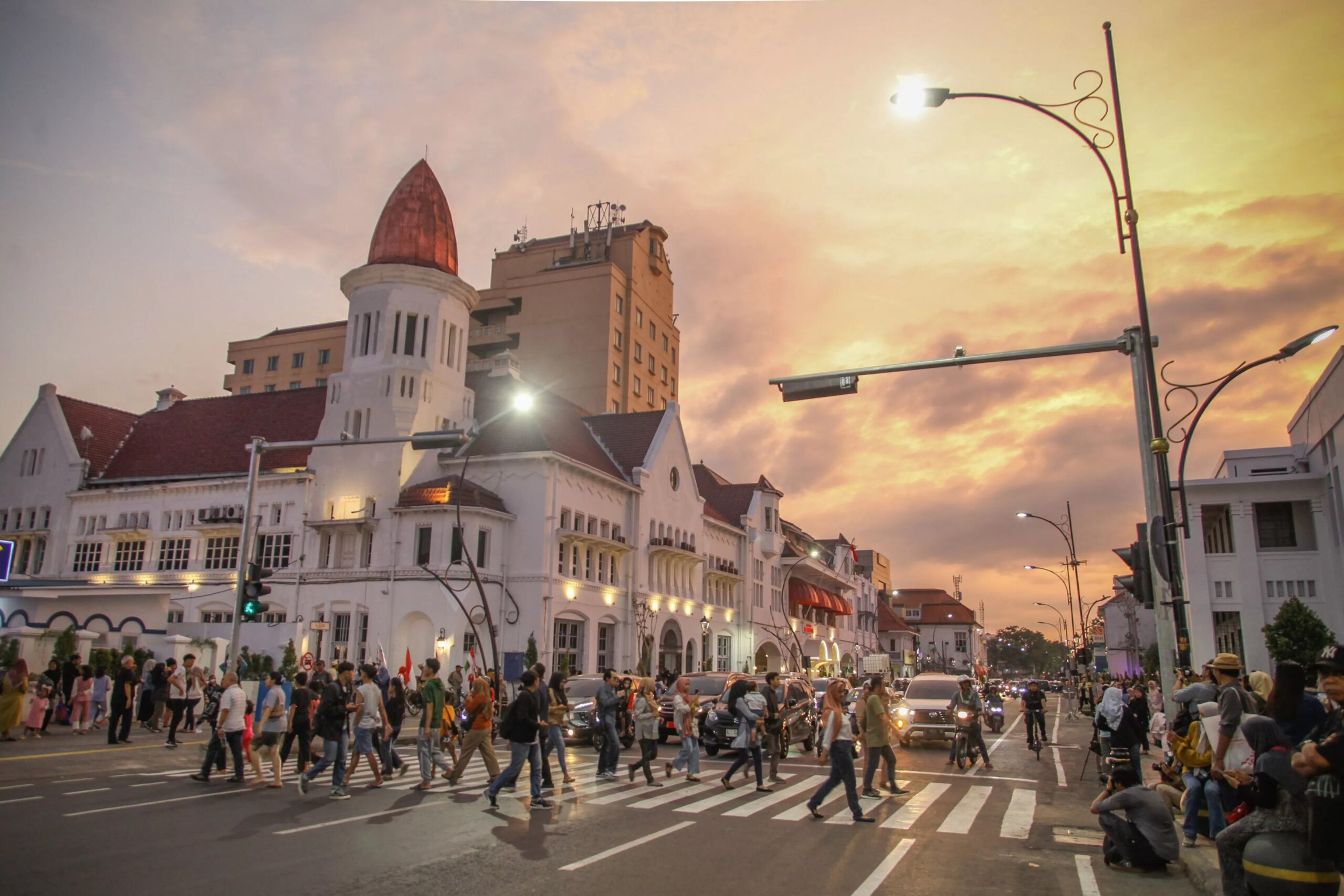
Kota Lama Surabaya

Sungai Kalimas Surabaya
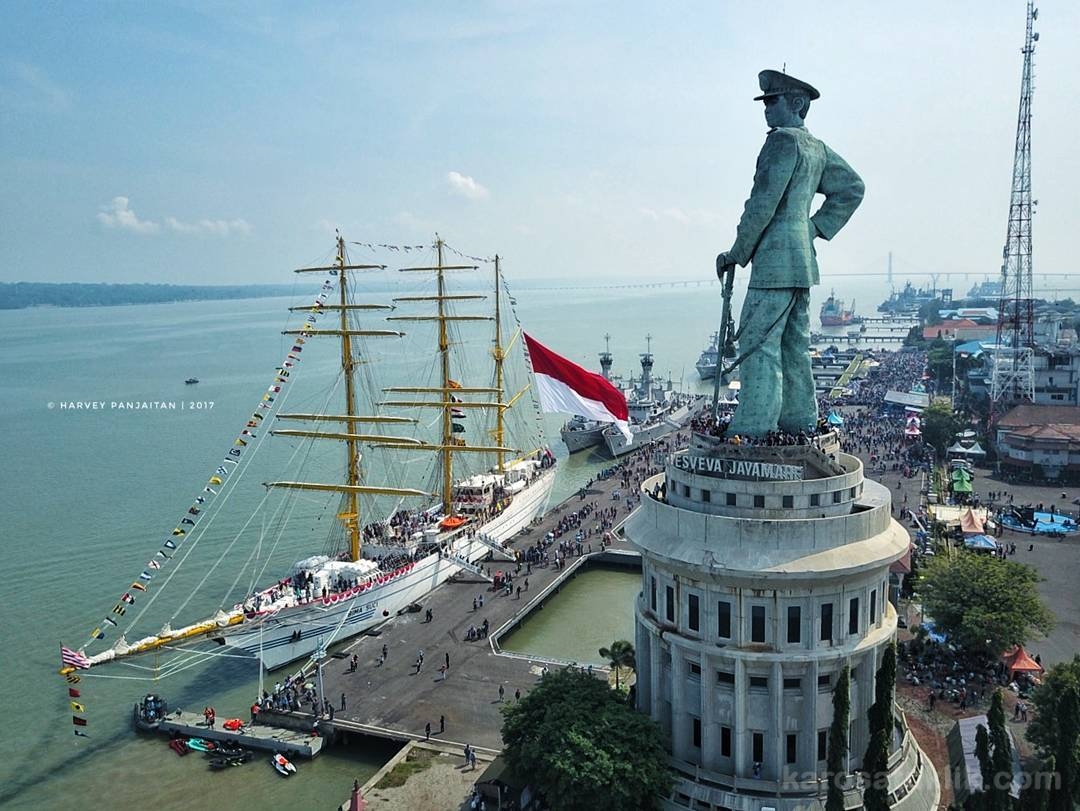
Tanjung Perak
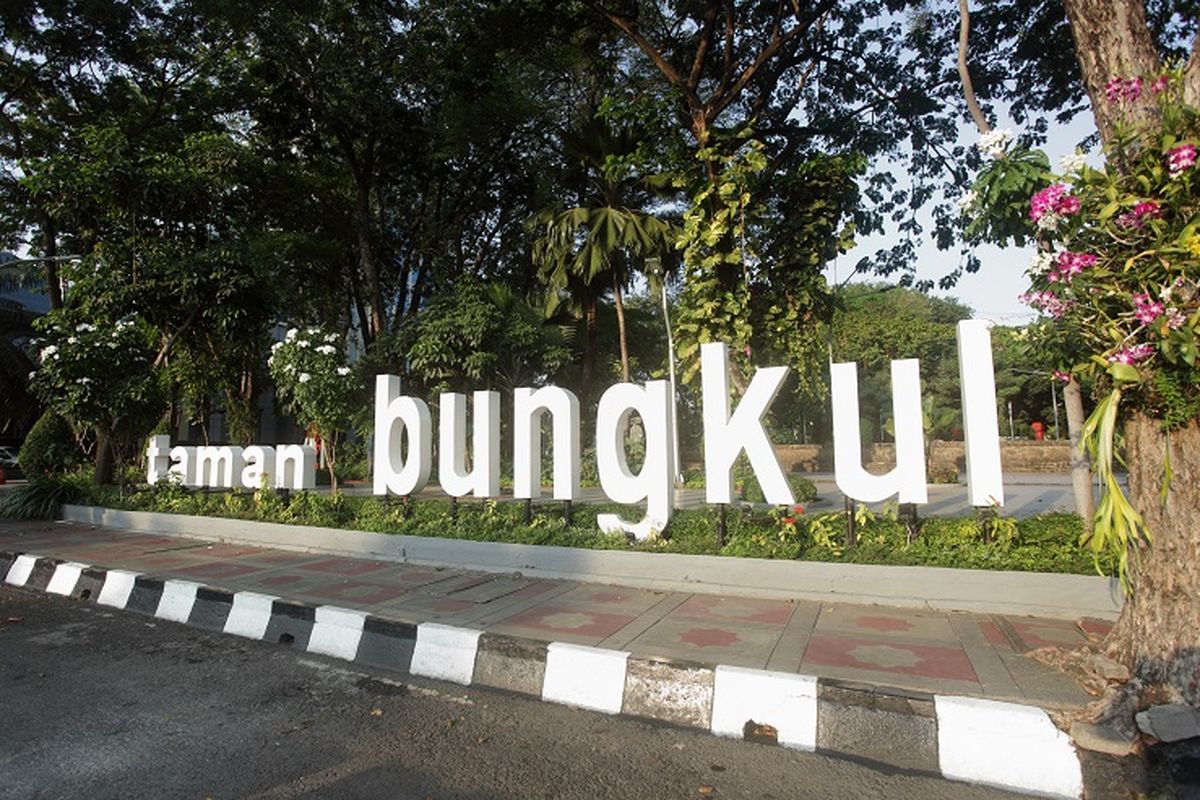
Taman Bungkul
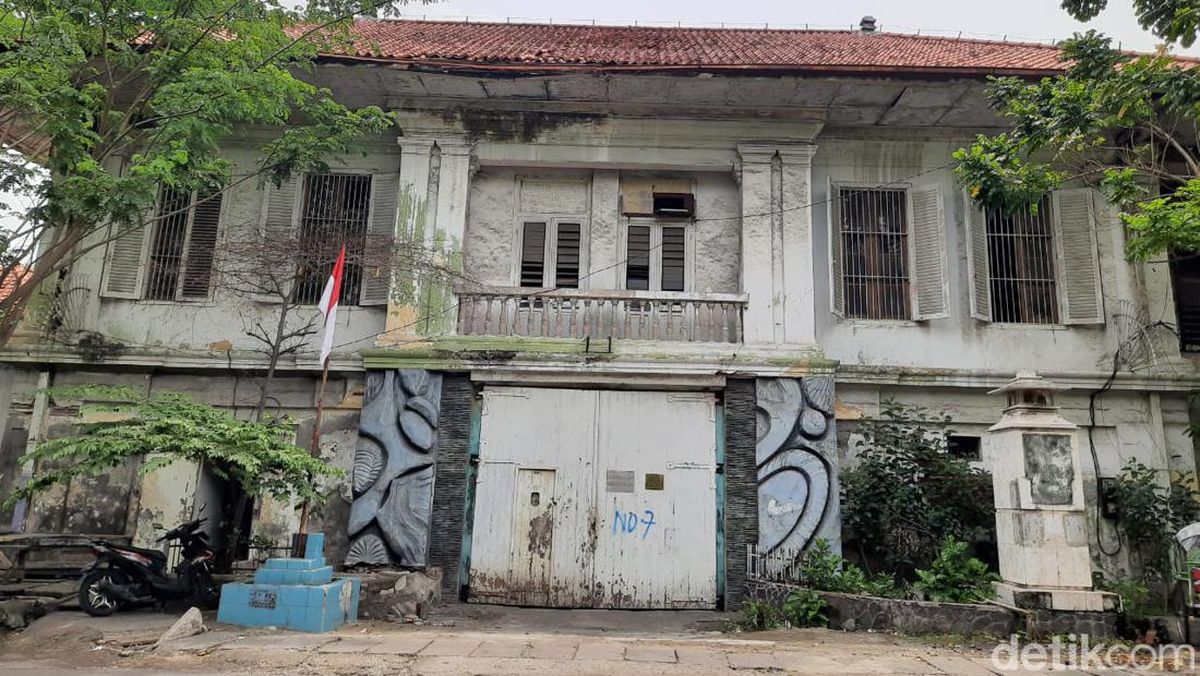
Penjara Kali Sosok
Replica of Candi Boko
Starting from the initial appearance of the campus like the Inpres (president instruction) elementary school building in 1981, renovations were carried out in 1986 so that it looked worthy as a campus building. The establishment of the Faculty of Medicine in 1986 and the Master’s study program in 2001 resulted in the addition of lecture rooms and laboratories. The inspiration for combining the harmony of cultural architecture and modern architecture was shown in the construction of Tower I as a replacement for the old main building of the Faculty of Medicine in 2010. On May 31 2019, Green Tower II was inaugurated.
The strong cultural architecture with a typical fence as a modification of the Ratu Boko royal gate has a length of 42.28 meters, a thickness of 41 cm and a height of 5.55 meters with greenery with various Indonesian plants which functions as a miniature Penataran Temple building which is located between the two twin towers as a library for the Kemajapahitan Empire.Ratu Boko Kingdom itself is the name of the temple in Yogyakarta, which is a historical site left by the Ancient Mataram Kingdom or Medang Kingdom which was founded in the 8th century AD. The name Ratu Boko is strongly suspected to come from a local urban legend. In Javanese tradition, the term “queen” is not only used for female leaders, but also for male leaders or the equivalent of “king”, and this kingdom is located in the region.
According to folklore, Ratu Boko is the father of Roro Jonggrang. Roro Jonggrang is also the main figure in the legend of the origins of Prambanan Temple or Sewu Temple, along with a prince named Bandung Bondowoso. Meanwhile, Penataran Temple, or its original name is Palah Temple, is a group of Shivaite Hindu religious temples located in Penataran Village, Nglegok District, Blitar Regency, East Java. The grandest and largest temple in East Java is located on the southwest slope of Mount Kelud, north of Blitar, at an altitude of 450 meters above sea level. From the inscriptions stored in the temple, it is estimated that this temple was built during the time of King Srengga from the Kadiri Kingdom around 1200 AD and continued to be used until the reign of Wikramawardhana, King of the Majapahit Kingdom around 1415.
Tugu Pahlawan
This iconic monument was built to honor the brave people of Surabaya who stood against Dutch and British forces during Indonesia’s fight for independence. Completed in 1952, it commemorates the crucial “Battle of Surabaya” that unfolded on November 10, 1945. This battle was a turning point in Indonesia’s journey to freedom, and the monument is a lasting tribute to that pivotal moment. For Surabayans, it’s not just a grand structure. It’s a powerful symbol of the sacrifices made for freedom. For locals, the monument is a daily reminder of their ancestors’ courage and the struggle for independence.Visitors can feel the strong connection that locals have with this landmark. Tugu Pahlawan is a proud symbol of the people’s fight for independence and their enduring spirit. Exploring the monument offers a meaningful glimpse into Surabaya’s history and the legacy of its heroes.
Jembatan Merah
The name Jembatan Merah, which means the Red Bridge in Indonesian, has two possible origins. One is that the bridge was originally painted red by the Dutch colonialists, who built it in the 18th century as part of their fortification and transportation system. The other is that the bridge was stained red by the blood of the Indonesian freedom fighters, who fought bravely against the Dutch and the British forces in the Battle of Surabaya in 1945. The Battle of Surabaya was one of the most intense and significant battles in the Indonesian National Revolution, which lasted from 1945 to 1949. The battle, which involved thousands of Indonesian combatants and civilians, as well as hundreds of British and Dutch troops, resulted in heavy casualties on both sides, but also inspired the spirit and determination of the Indonesian people to fight for their independence. Jembatan Merah became a symbol of the heroism and sacrifice of the Surabayan people, who are known for their resilience and courage. Today, Jembatan Merah is a national monument and a popular tourist attraction, where visitors can pay tribute to the fallen heroes and learn more about the history of the bridge and the city.
Gedung Siola
The Museum Surabaya or the Gedung Siola, as is known locally, is one of the oldest building in Surabaya having great historical value. Located in the East Java province, it was initially used as a defence structure which was later converted into a museum, showcasing old government and hospital equipment and various other artefacts.
Submarine Monument (Monumen Kapal Selam)
Surabaya Submarine Monument or as known as Monumen Kapal Selam (Monkasel) is the largest submarine monument in Asia, which was built in riverside of Kalimas, Surabaya. This monument was built by idea of Navy Veterans. KRI Pasopati 410, is one of SS Whiskey Class SS, made in Vladi Wostok Russian in 1952. This submarines was participated in Navy since 29th of January, 1962, and the main job were to destroy anti-shipping from enemies, supervision and raids silently. Surabaya Submarine Monument has supporting facilities such as video rama, live music, swimming pool for kids and water tourism in Kalimas River, a souvenir stand and parking space. In the complex of the museum also stand a spacious stage for special occassions. Video rama plays cinematic movies and feature audio visual system which will bring your imagination mixed with the movie about submarine KRI Pasopati 410 when it was on duty. Riverside of Kalimas is a nice and romantic place for young couples or as education facility for families. Open Hours: 08.00 – 22.00 WIB. Surabaya Submarine Monument can be reach for 5 minutes driving through Jalan Gubernur Suryo and Jalan Gubeng Pojok.
Gedung Negara Grahadi
Gedung Negara Grahadi is one the buildings having historical value. The name Grahadi is derived from a confernce hall inside the building. Graha in Sanskrit means House, while Adi signifles distinguished. “Distinguisted” is the right description for this elegant and carefully preserved building. The building is a particularly fine example of “Dutch Tropical” architecture of the colonial period. Like the other building of its period elsewhere in indonesia which managed to survice the post- independence penchant for modernism and indonesianisation. Grahadi ia a solid and hansome structure characterrisedby strong, clean and well propotioned vertical and horizontal lines.
Balai Pemuda
Balai Pemuda, located at Jalan Gubernur Suryo No. 15, is more than just a building. It holds significant historical value for the people of Surabaya. Originally designed by the Dutch architect J.J. van der Mey in a splendid Neo Renaissance style, this structure was a marvel of its time. It was the first building in Surabaya constructed using a steel frame, a new technology back then.
In the early 20th century, during the Dutch colonial period, Balai Pemuda was known as the Simpang Club or Simpangsche Societeit. Established in 1907, this grand edifice quickly became a prominent social hub for the colonial elite.
Gereja Katolik Kelahiran Santa Perawan Maria (Gereja Kepanjen)
The first Roman Catholic church in Surabaya was located at what is now the corner of Jalan Kepanjen and Jalan Kebonrojo. Before the construction of this church, Father Hendricus Waanders and Father Philippus Wedding were sent from the Netherlands as the pastor for the Indies; at first Waanders was stationed in Batavia while Wedding was stationed in Surabaya, after that Waanders was stationed in Surabaya while Wedding switched place to Batavia. Under Waanders, the Roman Catholic congregation in Surabaya grew considerably, resulting in a new plan to construct a larger church building. In 1822, the congregation was able to construct a new church building located in what is now the corner of Roomsche Kerkstraat (now Jalan Kepanjen) and Komedie weg (now Jalan Kebonrojo).
WR Soepratman Museum
Have you ever heard about Wage Rudolf Soepratman? He is the one writing Indonesia’s National Anthem, Indonesia Raya. To commemorate his dedication, a museum in Surabaya was built in his name. The museum is located in a residential area in Jalan Mangga, Tambaksari, just a little distance from the hero’s tomb. The building itself was once his sister’s home, yet he also lived there until his death in 1936. In the front yard of the museum, you can see a statue of W.R. Soepratman playing his violin. There are also pictures of him and his relatives all over the building. One of the most unique features of the museum was a room located in the front area of the building. It has no entrance access except the window. The room belongs to W. R. Soepratman, which was built to deceive the Dutch who planned to arrest him for writing the Indonesian National Anthem.
Ampel Mosque (Masjid Ampel)
The Sunan Ampel Mosque is located in the city of Surabaya, East Java, and is named after one of the nine saints of Islam in Indonesia, Sunan Ampel – who was born in Champa, in present-day central Vietnam, in 1401 CE. Sunan Ampel came to Java in 1443 CE, possibly to visit his aunt Dwarawati, a princess of Champa who was married to Kertawijaya, the king of Majapahit. The Musjid was built in the 15th century and is one of the oldest Musjids in Indonesia. Its unique architecture, with a combination of Javanese and Islamic styles, is a testament to Indonesia’s diverse cultural heritage. The Masjid is a popular destination for Islamic tourism and is known for its beautiful calligraphy and traditional batik designs.
Klenteng Hong Tiek Hian
A very holy Chinese Buddhist temple, the Klenteng Hong Tiek Hian is a historical temple of Surabaya showcasing the rich history and culture of the city. The temple reminds of the strong Chinese influence in Indonesia in the pre-historic times. You will find people praying and lighting candles all over the place. It is one of the largest temples in Surabaya. Known as Surabaya’s oldest temple, Klenteng Hong Tiek Hian temple is located in the heart of Surabaya’s China Town and oozes old-world Chinese charm. The vibrant red tapestries that hang all over the temple married with the strong smell of incense wafting through its ancient courtyard create a very atmospheric and holy feel. The temple is also famous for its Wayang Potehi, or puppet show, that is typical of the Chinese community and distinct from the Wayang Kulit puppet show of the Balinese.
Jalan Tunjungan
Tunjungan street, since the beginning of the 20th century this street has become one of the commercial centers in Surabaya. This road become the connection road between south to west Surabaya (Gubeng, Darmo, Ketabang and Sawahan), with a trading area around the Red Bridge.The name of this street becomes the basis of a famous shopping center in Surabaya, Tunjungan Plaza. Hotel Tunjungan becomes the second famous place between Jalan Basuki Rahmat and Jalan Embong Malang. Also, Hotel Majapahit Surabaya as an historic building that is now managed by Mandarin Oriental is also located in Jalan Tunjungan.
House of Sampoerna Museum
A symbol of early 20th century Surabaya, the House of Sampoerna currently houses a fascinating museum about tobacco and a cigarette factory. Initially used as an orphanage by the Dutch, it was refurbished into a factory by Sampoerna to make its ubiquitous kretek, or clove, cigarettes. Now a museum, the Dutch colonial-style building is now also a preserved heritage site and the main complex is open to the public. A beautiful 19th-century building with Dutch influence, the House of Sampoerna is a museum which will make you go back in time and experience the rich history and culture of Surabaya. You can also witness Indonesia’s world-famous handmade clove cigarette manufacturing process while the retro music of the 40’s and essence of clove and tobacco in the surrounding keeps you captivated and provides a sense of authenticity.
Pecinan Kya-Kya Chinatown
The Kembang Jepun Street area has a tourist attraction that was inaugurated again this month, namely Kya-Kya Reborn. This Kembang Jepun Chinatown tourism is a beautiful night culinary tourism location in Surabaya. Kembang Jepun is known as one of the centers of the wholesale trade business district called the CBD (Central Business District). Surabaya city is famous for the cultural mixing of Javanese, Madurese, and Chinese. The Mayor of Surabaya, Eri Cahyadi, and Wirya Atmaja as the Assistant General Manager of Nippon Paint Indonesia also inaugurated the rise of Kya-Kya Reborn or Kembang Jepun Chinatown Tourism in Surabaya, East Java.
Benteng Kedung Cowek
Benteng Kedung Cowek was built in 1900. It was based on a blueprint signed by Captain Zeni J C Proper on January 15, 1900. Benteng Kedung Cowek is the largest fort in a series of forts built along the coast from Surabaya to Gresik. Where Benteng Kedung Cowek stands on land covering an area of approximately 71,876 m2.
Kota Lama
Kota Lama Surabaya is a historical heritage with the attraction of magnificent colonial architectural buildings, streets full of history, and a strong nostalgic atmosphere. Centered on Jalan Rajawali, a cluster of cultural heritage buildings in the area record the long history of Surabaya’s development as a city since the 17th century. The Surabaya Old Town area is divided into 4 zones; European Zone, Chinatown Zone, Arab Zone, and Malay Zone. Let’s stroll around Surabaya Old Town Beyond Heritage!
Kalimas River Historical Park
The Kali Mas estuary in Surabaya is a traditional port that has been used for centuries. In the past, the Kali Mas estuary was the gateway to the capital of the Majapahit Kingdom in Trowulan, and around Kali Mas there was a battle between Raden Wijaya (founder of Majapahit) and the Tartar troops (under the Mongol dynasty) in the 13th century.
Tanjung Perak Port
Tanjung Perak is one of the gateways of Indonesia, which functions as a collector and distributor of goods from and to the Eastern Region of Indonesia, including East Java. Due to its strategic location and supported by potential hinterland, Tanjung Perak is also the Interinsulair Shipping Center of the Eastern Region of Indonesia.
Taman Bungkul
Taman Bungkul was built on an area of 900 square meters, precisely in the center of Surabaya City. Initially, this park came from a village called Bungkul. Bungkul Village is an area famous for having a spiritual figure named Ki Ageng Supo. Ki Ageng Supo, who is believed to be a descendant of Ki Gede or Ki Ageng from the Majapahit Kingdom, lived during the time of Sunan Ampel around 1400-1481. The presence of Ki Ageng Supo had a major influence on the development of Islam in East Java, especially in Surabaya and its surroundings. That is why Ki Ageng Supo was awarded the title Mbah Bungkul or Sunan Bungkul as an appreciation for his important role in Surabaya.
Penjara Kalisosok
Kalisosok Prison is an old prison located in Surabaya City that was established in the early 19th century. Built during the colonial government led by Governor General Herman Willem Daendels, precisely on September 1, 1808, the construction of the prison cost 8,000 Guilders (Agustina 2017: 36). The name Kalisosok Prison itself is taken from the name of the place where Kalisosok Prison is located, namely Kalisosok village which is located in the north of Surabaya City (Basundoro 2013: 77). Established since the Dutch colonial era and continued to be used until the republic era, Kalisosok Prison has gone through many series of historical events of the nation, especially the people of Surabaya in the effort for Indonesian independence.
